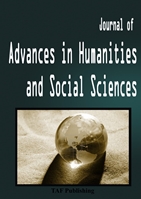
|
Published online: 2019
Abstract
Social work intervention in the contemporary healthcare system has proved a challenging practice for health workers, especially when working with senior people whose service experience always varies following nonlinear dynamics rather than linear dynamics. As social work services provided in hospitals are always perceived as the practice in “Complex Adaptive Systems (CAS), the complexity theory, which reflects continually changing needs and environments, can provide a new pathway for hospital social workers to manage the above-mentioned cases. Herein, the aim of this research is to address the feasibility and adaptability of implementing the complexity theory in hospital social work practice with a particular focus on senior service users. Firstly, this study will anal- yse the factors that influence the effects of service delivery for those seniors in hospitals and explain why these cases often are perceived as complex. Then it will introduce the complexity theory and CAS with the explanation of some related basic phrases such as non-linearity, embeddedness, and attractor patterns. In the next section, how the complexity theory can be embedded in hospital social work practice and guides social workers to reform their framework for practice will be addressed. The complexity theory will be used as a complementary theory to support social work practitioners to build a multidimensional understanding of complex cases and, in addition, to impact their practice. At last, the conclusion that the complexity theory will positively influence social work practice when dealing with complex cases related seniors will be drawn as the end of this paper. |